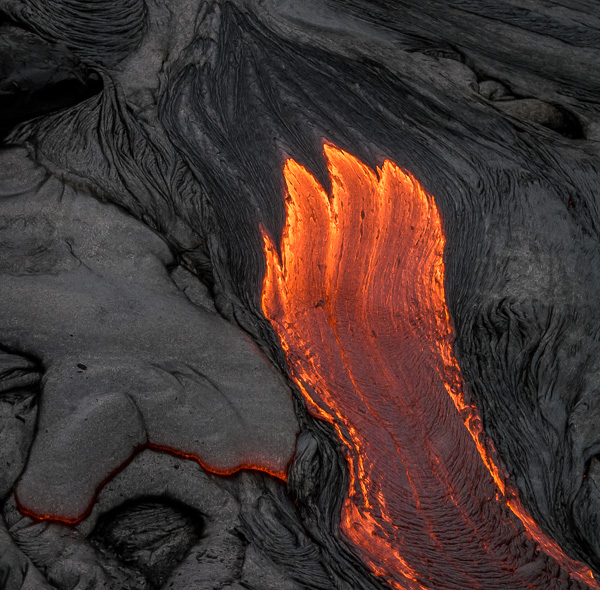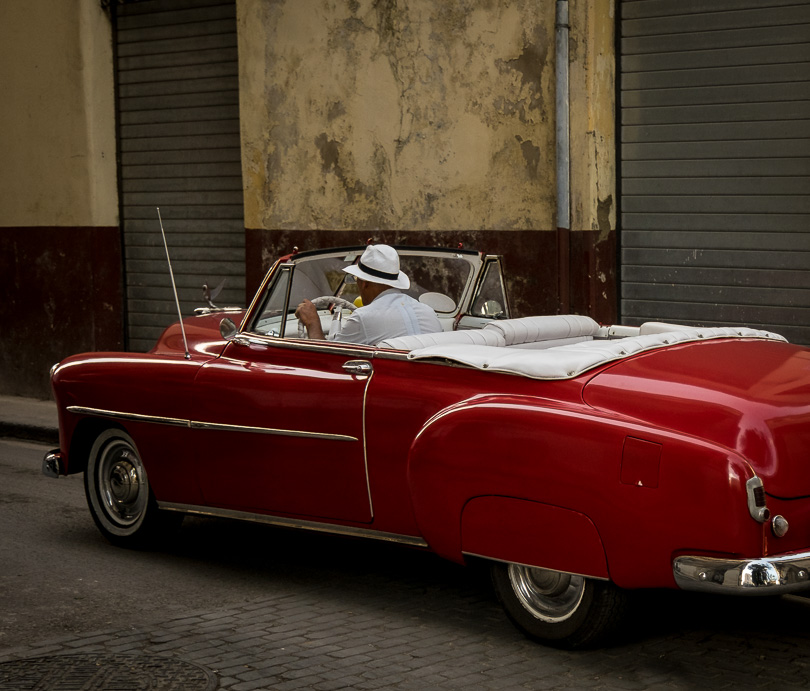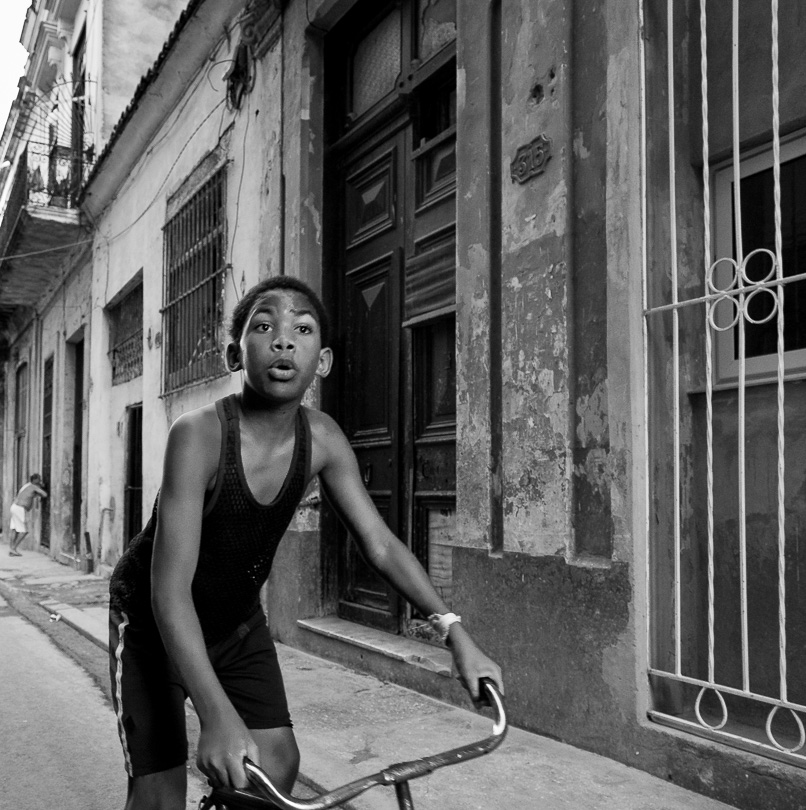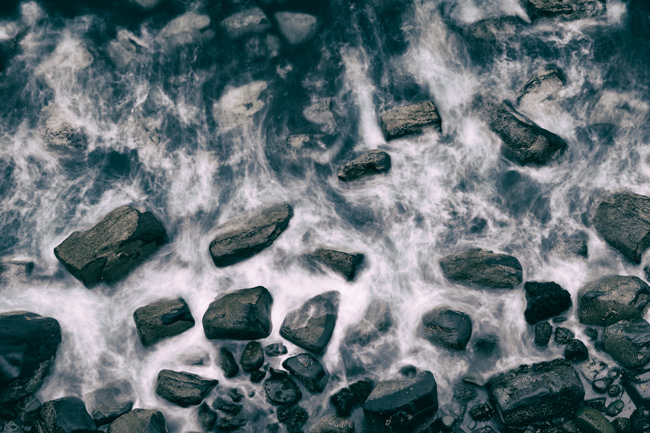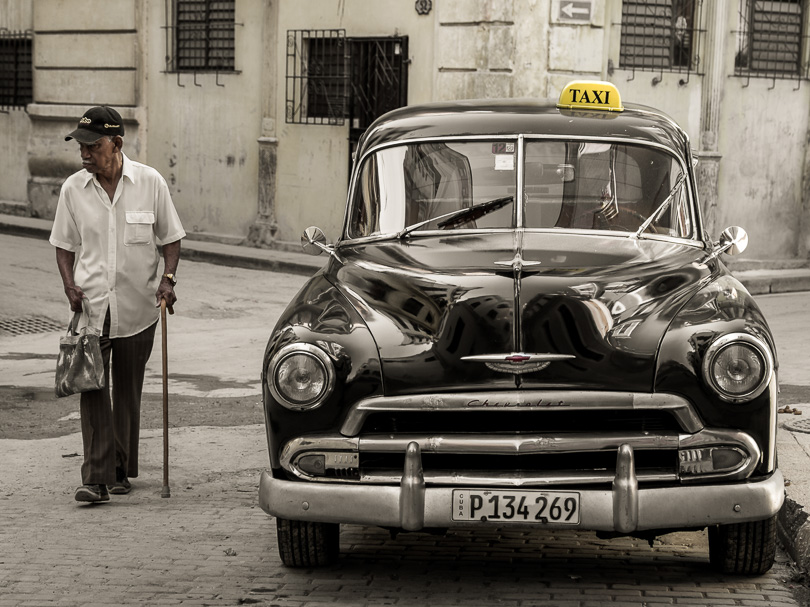By: Bill Caulfeild-Browne
Since my foray with my first digital camera in January 2002,A Month in New Zealand With The Canon EOS 1D, when I had owned the1Dfor just a couple of weeks, IÃve come to know and understand the camera much better. This might be expected after several thousand exposures ! This brief report will cover some of the features I had not used then, and comment in greater depth on some I now realize I did not fully understand.
First, the camera itself. It continues to be a joy to handle, and IÃm now at the point where I donÃt even have to think about most of the controls. Changing ISO speed, for example, has become second nature. Shooting a heron near nightfall recently, I found myself jacking up the speed from 200 to 400 and finally to 800 ISO as the light deteriorated and shutter speeds lengthened.
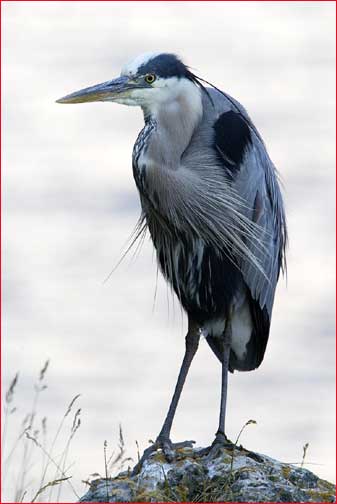 Great Blue Heron, ISO 320, 1/160 at f8
Great Blue Heron, ISO 320, 1/160 at f8
ISO 320, 1/160 at f8, 400mm DO IS with 1.4 extender
The speed of operation, the almost fool-proof autofocus and the evaluative metering are the wildlife photographerÃs dreamƒ± IÃm getting images far better than in the past, though I admit some of that is because I shoot far more freely knowing IÃm not wasting film.
I have now used ISO 1600 as well, and am quite pleasantly surprised at the quality. The shot of the ferry was taken after sunset while it was moving at 10 or 15 mph. There is noise in the dark areas and the sky, but on an ink-jet print the result is better than I could get with ISO 1600 film. Incidentally, I use a filing/archiving program calledƒ¬Thumbs Plusî (the best of its kind in my opinion) which has aƒ¬Digital Camera Clean-upî option. This does a nice job of muting noise.
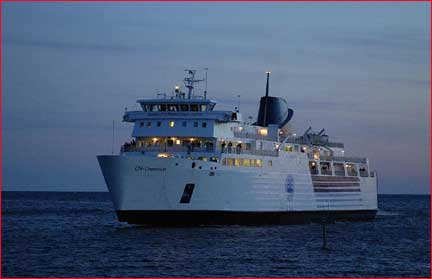 Ferry
Ferry
ISO 1600, 1/30th at f5.6 (full aperture), 28-135mm IS lens
The Canon software is much better than I gave credit for in January. Although I still think itÃs a tad slow, I was unaware of the options for decoding the Raw images. For example, I was simply decoding the image to Photoshop and sharpening it there. In fact, CanonÃs own algorithms are very good indeed and I get better sharpness by setting CanonÃs options before moving the image to Photoshop. They are quite extensive and allow many variations.
The ability, before decoding, to set the color matrix, the density and other shot settings means that marginally exposed shots can be completelyƒ¬recoveredî before one starts playing with them in Photoshop.
Battery life has been my most pleasant surprise. I apologise to Canon for doubting them. Although new batteries gave me only a couple of hundred shots, as they have aged they have improved. My last charge powered the camera for 426 frames. This was with Review turned off, Raw images only, but with IS being used at least a third of the time. (Canon says 350-500 shotsı right on.)
Canon service was, and is, one of the reasons I use their equipment. I am pleased to report my confidence continues to be justified. While cleaning the CCD, I sneezed. (Do not try this at home !). The result was tiny spots of moisture on the CCD, which I decided IÃd not try to remove myself. I took the camera into Canon, who cleaned the CCD so quickly, and while I waited, that I wondered if theyÃd really done anything. They had indeed, and the Rubber Stamp in Photoshop no longer gets used as much !
In fact, I have not found dust too much of a problem, though I am quite careful about changing lenses quickly, and never leave the body without one attached. I find a quick puff about once a month has been enoughı but does anybody know of a miniature vacuum cleaner one could use ? Seems to me that sucking dust gently away would be better than (potentially) just blowing it into a different place.
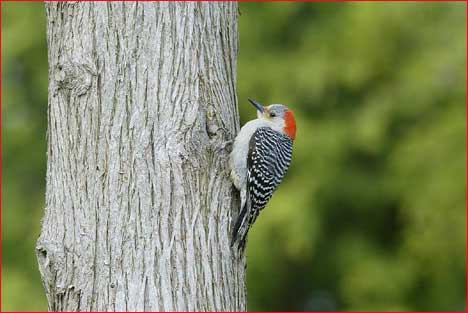 Redbellied Woodpecker
Redbellied Woodpecker
ISO 250, 1/400 at f8, 400mm DO IS.
Canon has also been good about software updates. They have twice informed me of downloads available from their website, and the camera now has version 1.3 installed.
Of course, one thing we all seek is image quality. I continue to bowled over by the 8.5 by 11 inch prints this camera can produce. They seem clearer to me than many film-derived printsƒ± a sort of clarity that I canÃt quite explain but I can certainly show in side-by-side images. 13 by 19 inch prints are a stretch, but quite acceptable, especially withƒ¬rezzing upî. Needless to say, IÃm hoping Canon will soon produce the equivalent of the D60 in the pro line.
Canon 400mm DO
Finally, a word about the400mm DOlens I recently bought. What a gem ! I wonÃt go into comparisons (though I have done some) because Michael has already done a superior job of that; his were the ones that convinced me to buy the lens. But I can add somethingƒ± this lens has an almost macro quality when used at its closest focus of 3.5 metres, a little over 10 feet. And when I add the 1.4X Extender, image quality is fully retained as far as my eyesight is concerned.
I donÃt recommend hand-holding the lens; it is do-able but your arms will tire quickly. Nevertheless, I have snatched some quick shotsƒ± see the sparrowƒ± with the extender, IS and luck. Considering the effective focal length is 728 mm on the 1D, IÃm pretty pleased at the result !
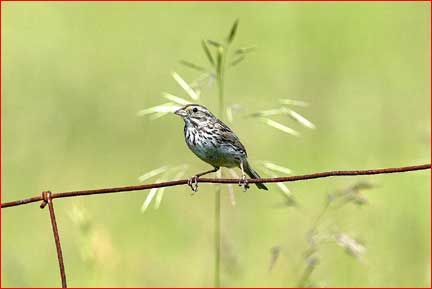 Savannah Sparrow
Savannah Sparrow
ISO 250, 1/750 at f8, 400mm DO IS with 1.4 extender. Not a great composition but shows the versatility of the lens as this was at its closest focus and hand-held at an effective focal length of 728 mm.
Ten years ago, as I sweated with manual focus, 2 frames a second and a huge film bill, I could not have conceived of the speed and ease that the 1D offers the serious wildlife photographer. And to think itÃs only going to get better !
All Text and Photographs are Copyright Bill Caulfeild-Browne — 2002
About The Author
Bill Caulfeild-Browneis a semi-retired business executive who lives in Tobermory, Ontario. A dedicated nature photographer, he has had three one-man exhibitions in Mississauga and Toronto and has contributed to numerous magazines and books, including the World Wildlife Fund’s "Endangered Spaces" and "A Nature Guide to Ontario". He loves to travel, usually with his Rollei 6008s, and has recently visited the Galapagos and Antarctica. He is a member of the Board of the Nature Conservancy of Canada.
The world’s first hands-on review of the EOS-1D can be foundhere.
Read this story and all the best stories on The Luminous Landscape
The author has made this story available to Luminous Landscape members only. Upgrade to get instant access to this story and other benefits available only to members.
Why choose us?
Luminous-Landscape is a membership site. Our website contains over 5300 articles on almost every topic, camera, lens and printer you can imagine. Our membership model is simple, just $2 a month ($24.00 USD a year). This $24 gains you access to a wealth of information including all our past and future video tutorials on such topics as Lightroom, Capture One, Printing, file management and dozens of interviews and travel videos.
- New Articles every few days
- All original content found nowhere else on the web
- No Pop Up Google Sense ads – Our advertisers are photo related
- Download/stream video to any device
- NEW videos monthly
- Top well-known photographer contributors
- Posts from industry leaders
- Speciality Photography Workshops
- Mobile device scalable
- Exclusive video interviews
- Special vendor offers for members
- Hands On Product reviews
- FREE – User Forum. One of the most read user forums on the internet
- Access to our community Buy and Sell pages; for members only.






